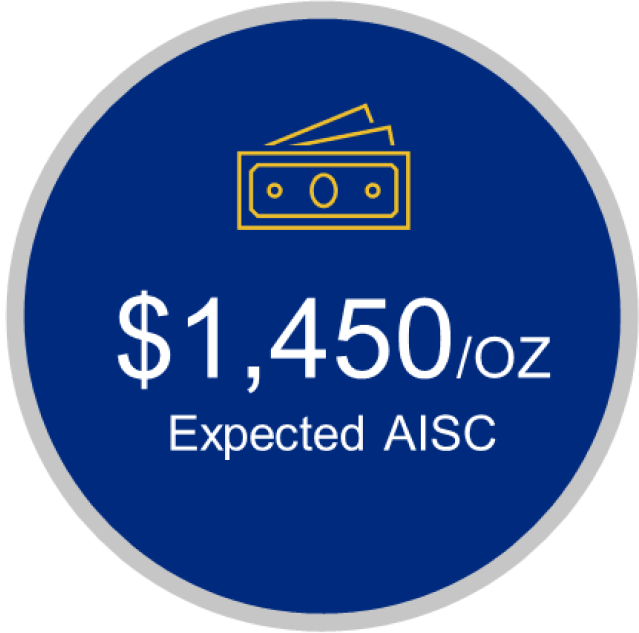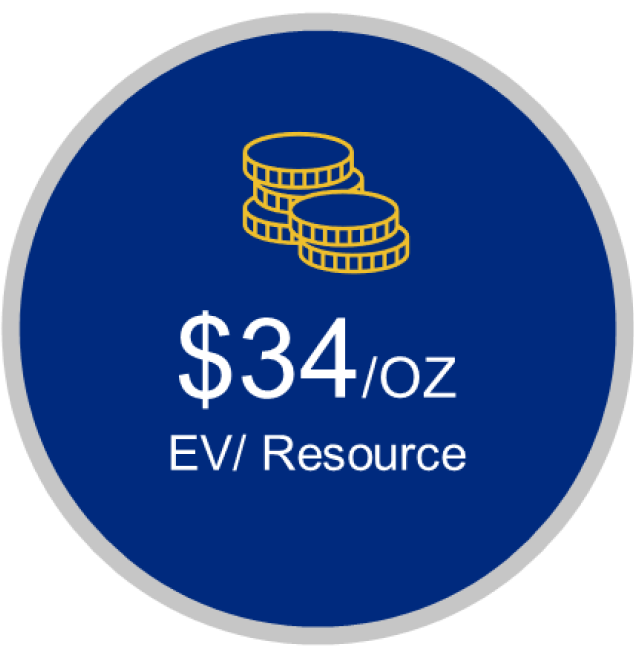
Laiva Mine






The Laiva Gold Mine is an open pit operation located near the town of Raahe in Finland with a historical resource (SRK) of 2moz Au M,I&I. It is fully equipped with turnkey state of the art infrastructure and the ability to process up to 2.2 million tonnes of ore per year.
The plan is to bring the mine into operation in 2025 with an initial production target of 50k oz and a medium term target of 80k oz p.a.
Infrastructure
Laiva has complete, modern infrastructure, including all-weather access roads and energy supplied by one of the world’s most advanced and reliable grids.
The 6K tonnes per day plant was constructed and commissioned during 2010 -2012 by Nordic Mines. As you would expect, being a European mine, the equipment used for processing is from leading manufacturers such as Metso Outotec and FLSmidth & Co. Our two large mills are both from Outotec, one AG, AUTOGENOUS, and one Pebble Mill, working in conjunction to process a nominal 6K tonnes per day. The entire plant is housed in a large warehouse to allow us to control the harsh winter environment.
Our gold is recovered through gravity, CIL high-grade and low-grade circuits. Low-grade tailings are pumped to the low-grade tailings dam and passed through our paste thickener before being deposited in the dam. The high-grade tailings are sent to the high-grade ponds directly from detox.
Geology
The mine lies within the north-western section of the Raahe-Ladoga suture zone extending up to 450km.
The rock-hosted mineralization occurs within quartz veins and silicified shear zones that range from a few centimetres to 10m in width. Proterozoic-aged Svecofennian rocks of intrusive and volcanic/sedimentary origin characterize the area.
The quartz diorite forms the core of the host rock and is large, homogenous and medium-grained.
Except in granites, quartz veins are found across all types of rocks. Besides quartz, the veins consist of other silicates, including arsenopyrite and chalcopyrite.
The veins are compact and sheared and vary between one millimetre and half a metre in thickness. They appear translucently blue-grey in colour and have a 60°-70° strike, 150°-160° dip direction and 70°-85° dip. They occur as parallel swarms and are regularly associated with altered shear zones. At the surface, the swarms of veins are visible to the extent of 70m.
Gold mineralization occurs as tiny, angular inclusions within lollingite, quartz and arsenopyrite, the dominant ore mineral. Gold is hosted as metallic gold or maldonite. The other ore minerals found are pyrrhotite, chalcopyrite, cubanite, marcasite, sphalerite, and hedleyite.
The known mineralization in the mining area is extensive and continuous.
Significant Resource Upside
In this Red Cloud webinar video, Paulo Aguirre and Roberto Cobra walk through the leap frog modelling and talk about the significant upside potential to the Laiva Gold resource. This includes the underground potential which is yet to be explored.


